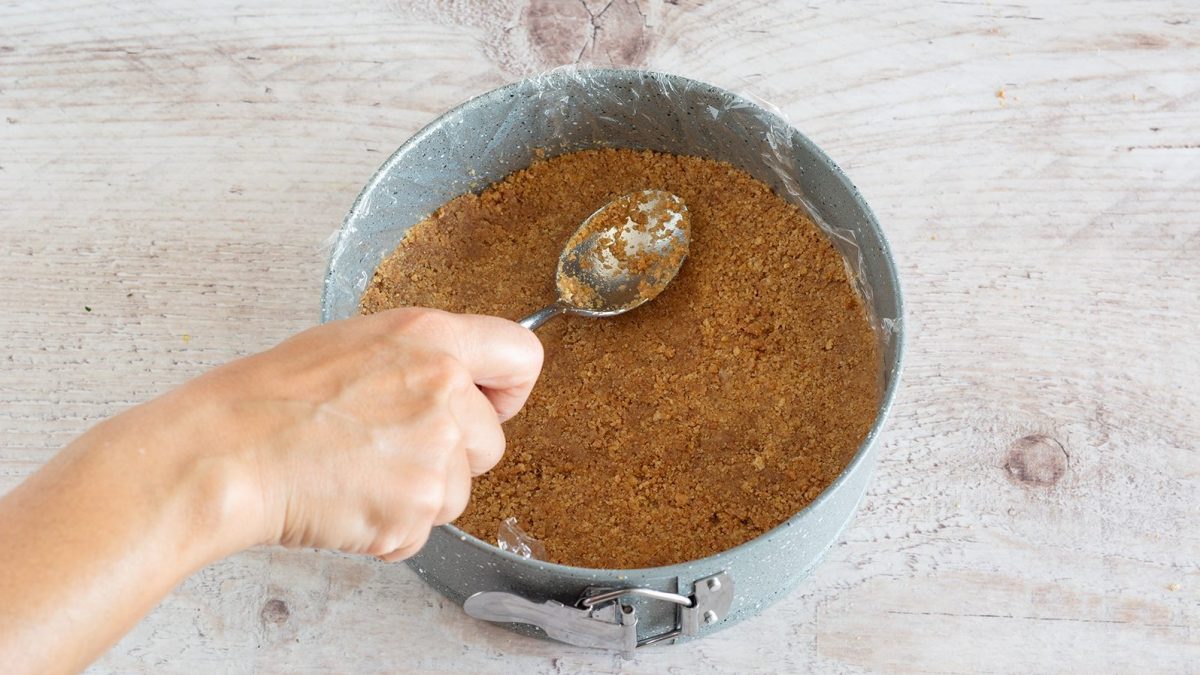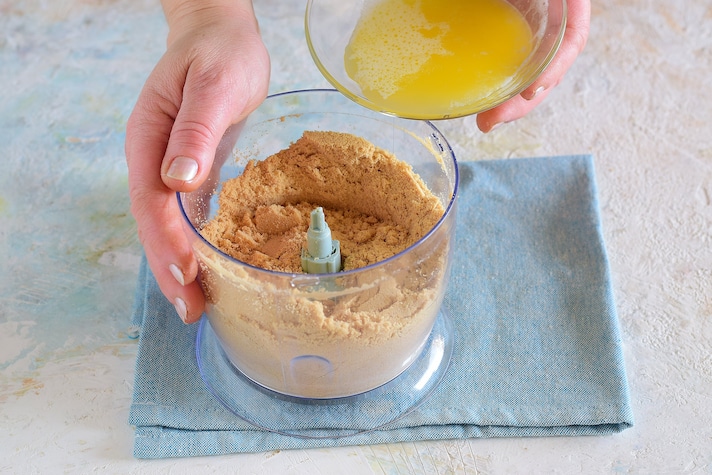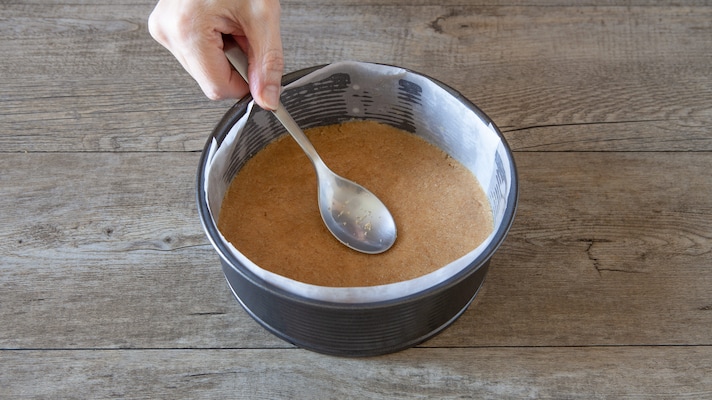
In the eternal search for shortcuts and clever baking hacks, home cooks (and a fair number of influencers) have taken to using soft and chewy cookies as the base for pies and cheesecakes. Sounds dreamy, right? After all, what could possibly go wrong with more cookie in your dessert? Well—plenty. While the idea might sound appealing in theory, in practice it leads to some very unappetizing outcomes. Think gummy textures, soggy bottoms, and crusts that collapse under the weight of ambition (and cream cheese). Before you crumble those leftover chocolate chip cookies into your springform pan, let’s talk about why this shortcut is one you’ll want to skip—permanently.
Crumbs of Truth: The Structure Problem
Let’s get something straight right out of the gate: soft and chewy cookies are great—for snacking. For dunking. For eating while standing in front of your fridge at midnight. But when it comes to building a solid, reliable base for your pie or cheesecake, they’re traitors masquerading as friends. The foundational flaw? Structure. Unlike crisp cookies that shatter and compact beautifully into sandy perfection, chewy cookies are inherently moist, pliable, and—most damning of all—resistant to crumbling. When you pulse them in a food processor, they don’t break down into neat, buttery rubble. They clump. They gum. They refuse to behave. And when it comes to pie crusts, bad behavior is a dealbreaker.

The Moisture Muddle
There’s moisture, and then there’s moisture. Soft cookies are loaded with the latter. Thanks to their higher fat and sugar content, often combined with things like brown sugar, molasses, or even corn syrup, they carry residual stickiness that wrecks the delicate balance of a crust. Press that into a pan and bake it? You’ll end up with something more akin to a melted cookie puddle than a crisp, supportive base. That means soggy bottoms and uneven baking—two things Paul Hollywood would definitely not shake your hand for. A great crust needs to snap, not slump.
The Texture Clash
Imagine biting into a slice of creamy, silky cheesecake—only to be met with a strangely chewy, borderline wet base. It's not just off-putting. It’s texturally wrong. The crust’s job is to contrast, not compete. A crisp, slightly crumbly crust acts like punctuation at the end of each bite. A chewy cookie crust? That’s like an ellipsis that goes nowhere. It muddles the message and turns what should be a refined dessert experience into a muddled mash of soft-on-soft. You want balance. You want texture. You do not want the same squish top to bottom.
When Too Much Is… Too Much
Soft cookies tend to be more than just soft—they're often aggressively flavored. Whether it's chocolate chip, snickerdoodle, or red velvet, those sweet profiles come packed with spices, extracts, and sometimes artificial flavoring. When used as a crust, those flavors don’t mellow—they amplify. Suddenly, your zesty key lime pie is wrestling with cinnamon and artificial vanilla notes from that chewy snickerdoodle base. Or your dense chocolate cheesecake is saddled with raisins from a soft oatmeal cookie. That’s not complementary. That’s chaos. In dessert, as in life, balance is everything.

The Set-Up Setback
When using crispy cookies, like graham crackers or vanilla wafers, the trick is in the toast: you can mix them with melted butter, press them into a pan, and bake them to set into a crust that’s sturdy enough to support heavy fillings without falling apart. But chewy cookies? They don’t set. They slump. They absorb more butter than they should, then refuse to bind unless you overbake them—which just leads to burnt edges and a still-soggy center. That’s a whole lot of effort for a crust that never really firms up, no matter how long it sits in the fridge.
The Instagram Illusion
Let’s talk aesthetics. You might’ve seen soft cookie crusts pop up on your feed, looking glossy and thick in all the wrong ways. But trust me—that’s food styling trickery. Behind the scenes, those crusts are often underbaked, lined with parchment, or filled with something pre-frozen. They’re not meant to be eaten by real people at real dinner tables. And if you try to replicate them? You’ll likely wind up slicing into something that collapses under pressure like a bad Tinder date. It’s not just about looks; it’s about functionality.
;Resize,width=767;)
